3 challenges for better bank counterparty due diligence
By Guy SheppardToday, bank compliance departments are under greater pressure than ever before. As the global economy struggles to recover, many banks are experiencing decreasing budgets and fewer resources dedicated to compliance functions.
At the same time, compliance professionals must effectively do more with less in one of the least favorable compliance landscapes ever witnessed. As a result, addressing the need for improved productivity and efficiency across all aspects of their compliance operations is critical.
In order to effectively identify potential anti-money laundering (AML) risks from a bank counterparty, a financial institution must research a wide range of information, including politically exposed persons (PEP) and sanctions data, financials, ownership information, key AML documents, branch locations and more.
In many cases, the quality and availability of this information may be in question, delaying or undermining the integrity of the onboarding process.
This can be particularly true for those working in the realm of KYC, or “Know Your Customer”, due diligence surrounding the onboarding of counterparty banks.
To minimise risk and maximise efficiency, a bank must standardise its data collection and intelligence needs by asking itself a series of questions around three central challenges to effective KYC due diligence:
- The Variety of data that requires analysis
- The Velocity at which this data must be analysed and its rate of change
- The Vagueness of the data which requires analysis—often conflicting, unclear and biased
A New Playbook
For their part, correspondent banking relationships are often seen as toxic by regulators, with the Financial Services Authority in the UK going to so far as to describe these relationships as “invariably high risk”.
Yet, this area of global banking is markedly on the rise, as economies and customers inevitably look to emerging markets for higher returns on investment in light of more traditional markets’ relative instability and stagnation.
To remain competitive in this new arena, banks need to rewrite their KYC playbook so that front office teams can expand in compliance-sensitive regions with a marked growth in non-traditional commercial partners. Without a standardised approach built on identifiable best practices, however, the volume and relevance of the data collected can vary, thereby reducing efficiency, diminishing accuracy and increasing operational costs.
Yet, all too often, the task of “standardising” data and enforcing policies falls to skilled analysts and professionals as part of the data collection process, potentially leading to conflicts between front and back offices arising from unclear mandates.
However, by addressing the V³ challenge, banks can better deploy high-value resources away from manual, task-intensive data collection responsibilities and toward higher value functions such as information analysis, classification and better assessing complex counterparty risk.
Best Practices for KYC Success
In tackling the V³ challenge, compliance professionals can create more accurate, trusted and clear datasets and intelligence to help drive defensible, timely and accurate decisions.
To develop a more holistic view of a banking counterparty and further reduce data collection times, here are eight recommendations for addressing the V³ challenge to bank counterparty KYC:
Identify clear data requirements by risk category that are transparent throughout the organisation.
Share accountability for KYC success across front as well as back office teams.
Standardise data collection and intelligence needs by identifying what is required, what’s desirable and what is surplus.
Recognise when and where KYC data requirements and processes should differ by entity type and geography.
Where possible, build in flexibility in risk identification and escalation processes, and test functionality in real-world scenarios.
Identify internal ownership around changeable data points and their collection channels, such as localised negative media or leadership changes for the correspondent bank.
Ensure all involved in KYC processes can articulate what constitutes a “good relationship” and define the characteristics of a bad one.
Improve data sources, including developing a source grading system, resolving potential conflict points and ensuring all stakeholders are using the same baseline of data.
Avoiding the Squeeze
For banks engaged in counterparty transactions, the risks of non-compliance and reputational damage, as well as unnecessary KYC and AML compliance costs, can be substantial.
By addressing the V³ challenges to improving processes and data, and allocating the right resources to the right tasks, organisations can avoid being squeezed between higher costs and lower efficiency on the one hand and the need to gain a greater understanding of who they are doing business with on the other.













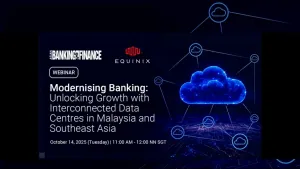
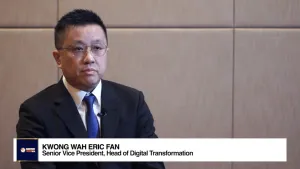

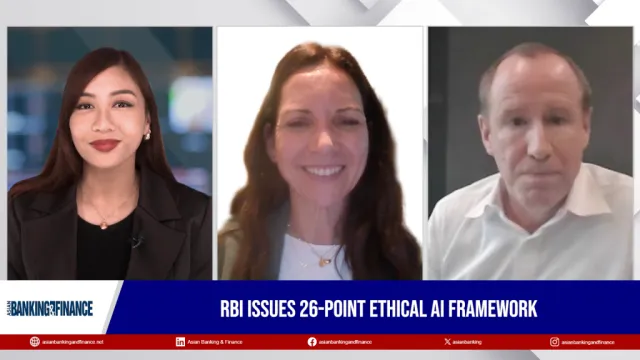
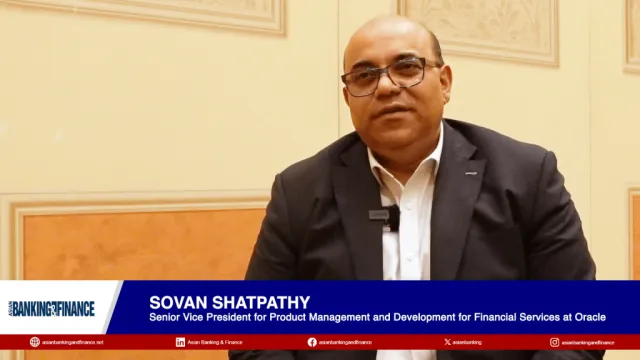
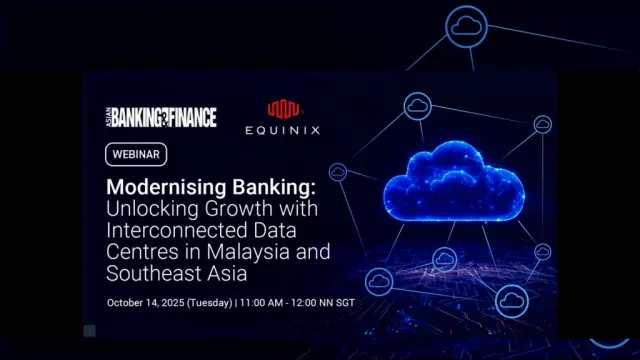

 Advertise
Advertise










